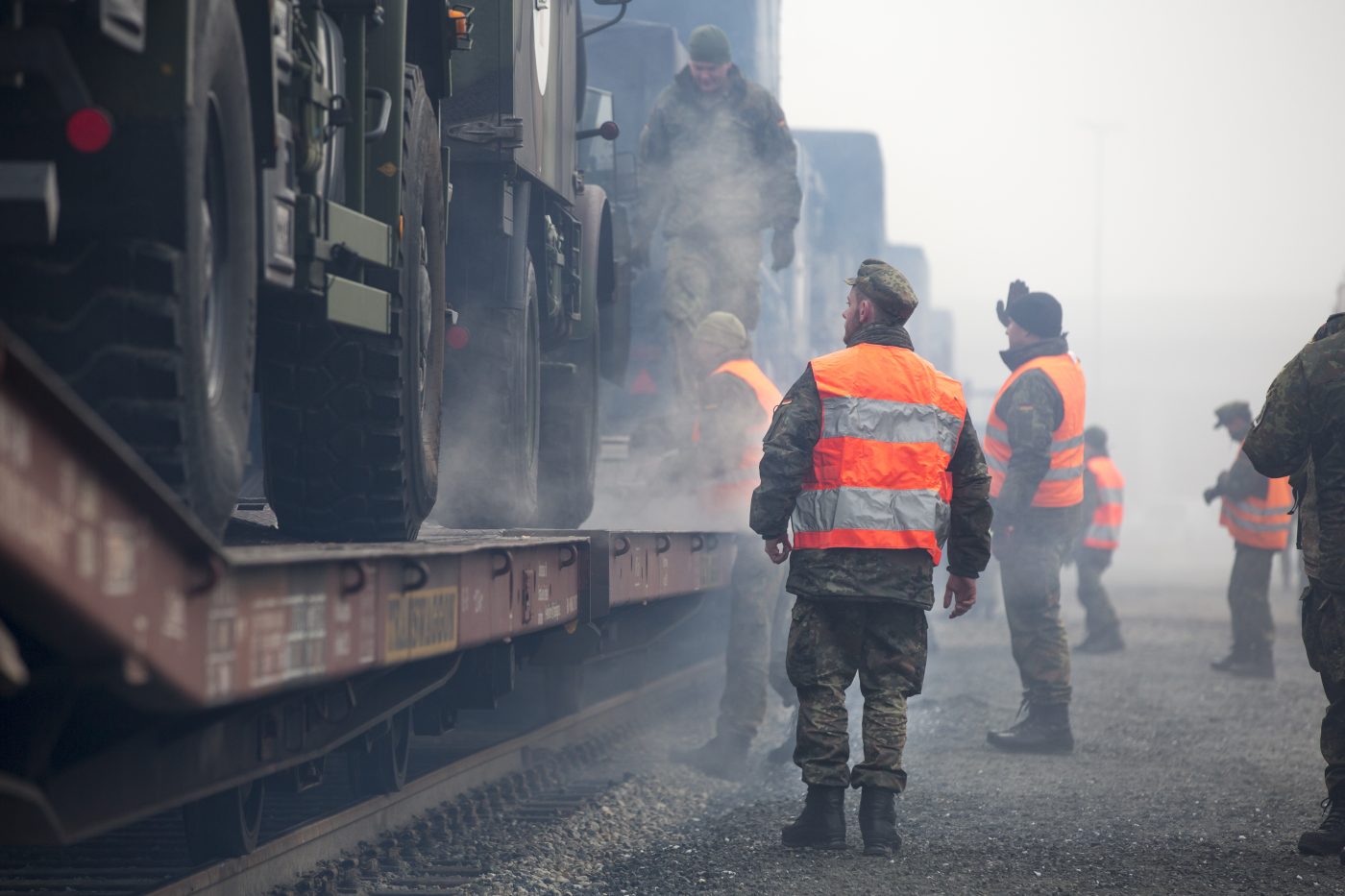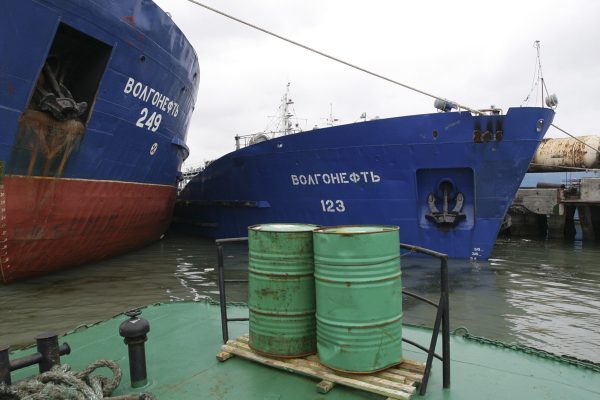Imagine a Russian attack on NATO’s eastern border. Headquarters orders the alliance’s reinforcements to be rushed to the border. 100,000 troops are supposed to arrive within ten days, and an additional 200,000 troops within 30 days, speeding over reinforced roads and rail tracks. However, the Russian invaders slow their progress by jamming communications signals and hacking command computers and other defense tech. Before NATO’s reinforcements arrive, Russia has seized a significant piece of territory.
Since the full-scale invasion of Ukraine, Europe has upgraded its physical infrastructure to facilitate swift reinforcement of troops and heavy equipment. However, modern dual-use infrastructure means that military mobility is more than traditional engineering. Three key issues stand out where tech is crucial for defense:
- First, 5G mobile communications must be protected against hostile disruption or information leakage. Although Western militaries will seek to avoid the direct use of public 5G technology, the shift to 5G-based solutions is inevitable. Civilian intelligent transportation systems will increase the speed and efficiency of military logistics, making 5G key to military preparedness.
- Second, cybersecurity must be reinforced. Hostile powers or organized cybercriminals can attack or infiltrate both civilian and military infrastructure. Cyberattacks against telecom networks represent a particular danger. They could halt military convoys or reveal information about their composition and direction. It is key to prevent disruption of traffic and container control systems used in airports, harbors, and railroads.
- Third, we must be careful about data sharing. The European Union recently adopted a Data Act designed to open opportunities for data-driven innovation. It obliges companies to share the data they collect with competitors. However, this data sharing could endanger national security. A hostile country could gain access to data from companies interacting with or around critical infrastructure and leverage it in combat.
To mitigate these risks, the EU must strengthen its profile as a security actor, allowing defense-related exemptions to its free-market logic. Although security remains a national, not bloc-wide, competency, Brussels could take important measures.
Start by strengthening dual-use infrastructure. This is doable and uncontroversial. As part of its co-financing of infrastructure via the Trans-European Transport Network, the EU seeks to complete missing sections of transit corridors, overcoming, for example, the obstacle of different Finnish and Baltic rail-track gauges.
For 5G networks, the EU should step up its battle to rip and replace Chinese infrastructure. Poland and Romania stand out as weak links due to their geographic proximity to Russia and their high 5G exposure to China. The EU should promote union-wide regulations for “smart roads” managing traffic across borders and allowing certain applications to be switched off and avoid information leaks. The EU should consider guidelines for “smart seaports,” whose 5G networks should be insulated from public ports.
For cybersecurity, the European Commission encourages strengthening efforts to coordinate civilian transport support systems such as traffic control and container terminals, bridges, locks, and tunnels. Both seaports and roads require strong data security and connection reliability. The EU should address these identified cyber vulnerabilities.
For data sharing, the EU may wish to exempt certain sectors from its Data Act. A specific danger centers on the auto industry because cars equipped with sensors and cameras can amass impressive amounts of data, as well as mapping companies such as TomTom or Google with knowledge about infrastructure deficiencies and repairs. Exemptions from the Data Act currently include small and medium-sized enterprises due to their limited administrative resources. These should be extended to larger companies that interact with the infrastructure used to move troops and equipment.
Reinforced, resilient military mobility is key to NATO defense. The EU should work with the alliances to forge tech regulations that protect and promote their defense capability. Smart regulation of defense-related tech could bring substance to the EU’s and NATO’s often-declared wishes to strengthen their partnership and give substance to the EU’s oft-repeated ambition to play a strong role in defending Europe.
Henrik Larsen, PhD., is a Non-resident Fellow with the Digital Innovation Initiative at the Center for European Policy Analysis (CEPA).
Bandwidth is CEPA’s online journal dedicated to advancing transatlantic cooperation on tech policy. All opinions are those of the author and do not necessarily represent the position or views of the institutions they represent or the Center for European Policy Analysis.





